
Timber retaining walls are common because they’re inexpensive and easy to install, but their lifespan is limited. Moisture, pests, and shifting soil gradually weaken the structure, leading to repairs or full replacements.
Stone provides a stronger and more reliable alternative. Unlike timber, it resists rot, handles pressure, and maintains its integrity for decades. At the same time, it brings character and visual appeal to outdoor spaces.
This article shows why timber falls short, why stone defines walls that endure, and how stone retaining walls offer lasting style, durability, and value for modern landscapes.
Why Timber Retaining Walls Don’t Last
Timber is often selected for retaining walls because it’s affordable and easy to work with, but its weaknesses quickly show. Constant exposure to soil moisture makes it vulnerable to rot, decay, and mould. Even with treatment, the lifespan is usually limited to around 20–40 years.
Pests such as termites and borers also attack timber, weakening the structure over time. Warping and shifting are common as the timber expands and contracts with changes in temperature and soil pressure, creating instability.
These issues lead to costly repairs and eventual replacement. While timber may seem cheaper upfront, its short lifespan and higher lifetime expenses make it a less reliable choice compared to stronger, more enduring materials like natural stone.
Benefits of Stone Retaining Walls
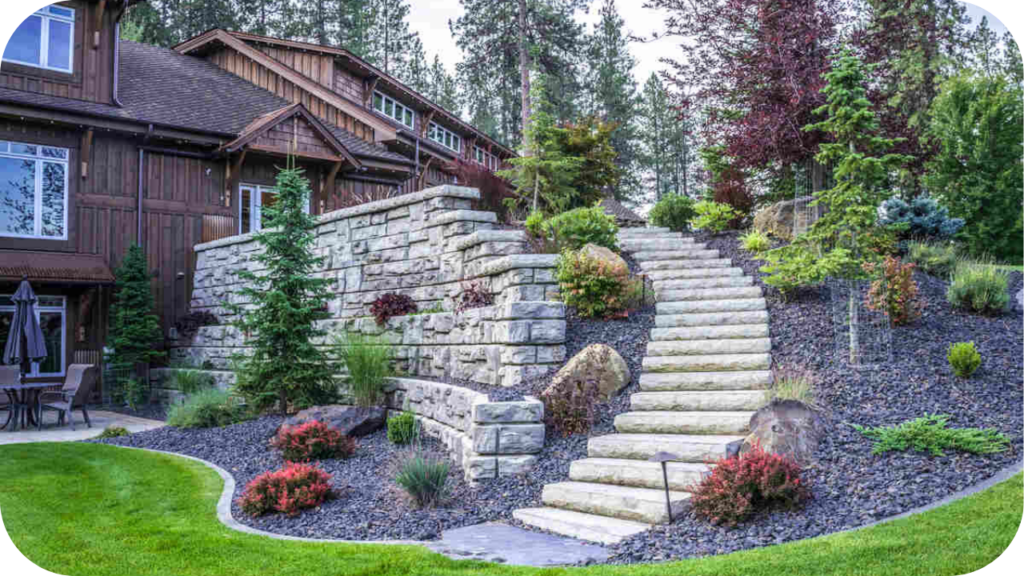
Stone retaining walls stand out for strength, beauty, and longevity. Here are the key benefits that make them the preferred choice over timber in demanding outdoor settings.
1. Delivers Long-Lasting Durability
Stone resists rot, pests, and weathering, often lasting 50–100 years or more. Its resilience ensures walls remain secure and reliable, reducing long-term costs and providing confidence that timber alternatives cannot guarantee.
2. Withstand Harsh Weather Conditions
Unlike timber, stone handles soil pressure, rain, and extreme temperatures without shifting or warping. This strength makes it ideal for Australian conditions where weather can damage and shorten the lifespan of weaker materials.
3. Enhance Outdoor Landscapes with Timeless Style
Natural stone creates beauty that endures beyond trends. Its textures, colours, and patterns enrich outdoor spaces, blending seamlessly with gardens while providing a strong design impact that timber cannot deliver.
4. Increase Property Value and Appeal
Homes with stone retaining walls often attract stronger buyer interest. Stone signals quality, strength, and timeless design, which translates into improved property value and greater confidence during resale opportunities.
5. Require Minimal Ongoing Maintenance
Stone retaining walls need little upkeep to stay strong and attractive. Occasional cleaning and simple inspections are usually enough, making stone a low-maintenance option compared to timber’s constant care demands.
6. Support Sustainable and Eco-Friendly Building
Stone is natural, recyclable, and long-lasting. By choosing stone, homeowners reduce waste and limit replacements, creating a more environmentally conscious option compared to timber, that often needs frequent replacement.
Choosing the Right Stone for Your Wall
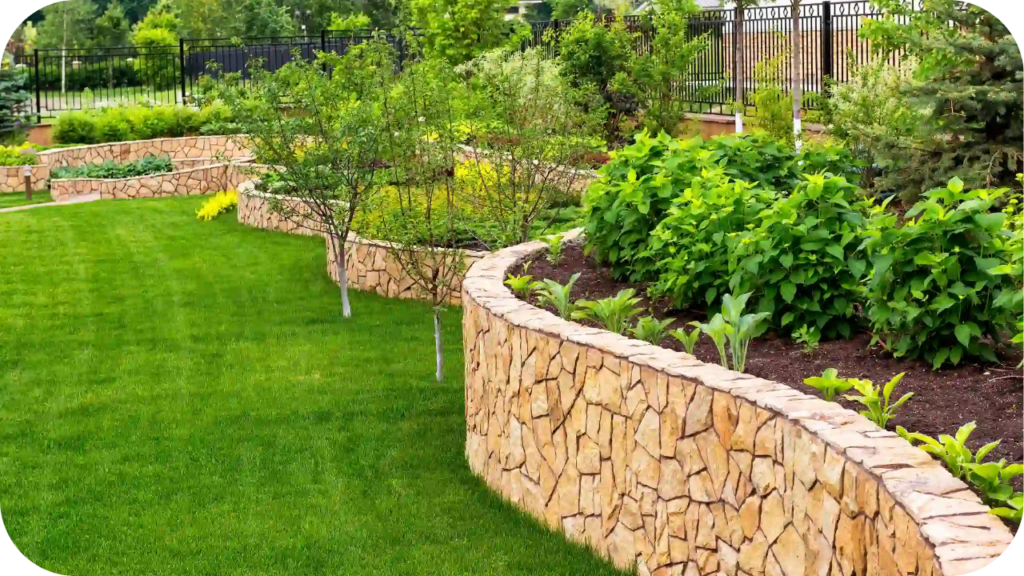
Retaining walls need materials that balance durability with timeless style. Here are the stone options that provide long-lasting performance while enhancing outdoor landscapes in different settings.
1. Granite
Granite is one of the most durable stones for retaining walls, known for its strength and resilience. Examples such as Buffalo Granite with golden-grey tones or Hotham Granite in dry-stone patterns highlight its versatile design potential.
2. Limestone
Limestone delivers timeless elegance with softer tones that brighten landscapes. It balances charm with resilience in both coastal and urban settings. Varieties like Jamieson Limestone with rugged golden hues or Beloka Limestone with grey-gold highlights showcase its adaptability.
3. Sandstone
Sandstone provides warmth and rustic appeal, making it perfect for retaining walls that connect with gardens or heritage landscapes. Options such as Charlotte Sandstone with beige tones or Australiana Sandstone with creamy whites demonstrate its inviting, character-rich finish.
4. Quartz
Quartz offers tonal diversity and dependable performance, making it suitable for strong and stylish retaining walls. Varieties like Shoreham Quartz with soft white and peach tones or Blue Ridge Quartz with grey-gold hues highlight its wide design range.
5. Travertine
Travertine is valued for its layered textures and timeless sophistication. Retaining walls built with this stone feel both elegant and sturdy. Examples include Sorrento Travertine in soft creams or Silver Travertine with grey-beige tones.
Different Ways to Build Stone Retaining Walls
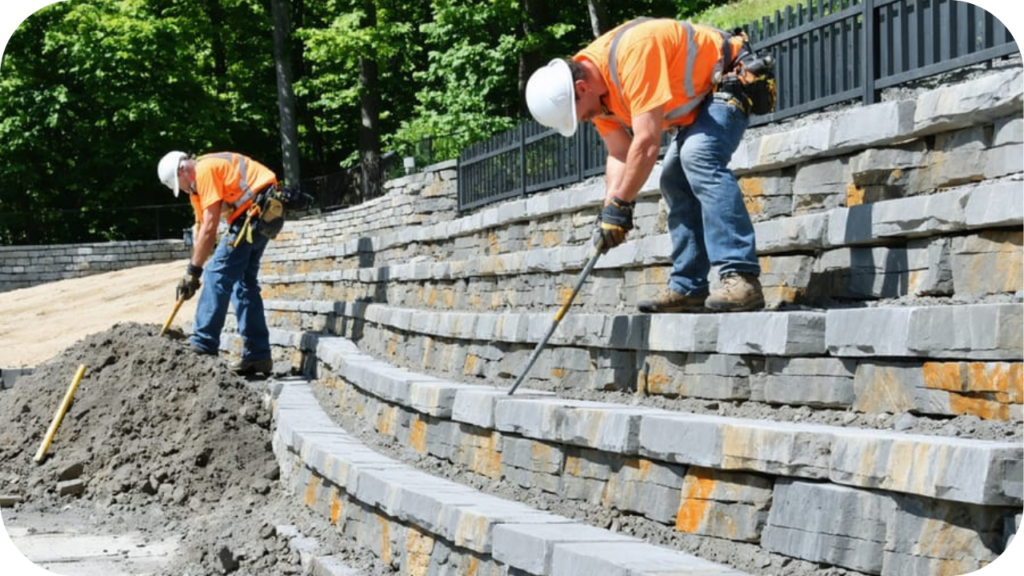
Stone retaining walls can be built in several ways, each offering unique strengths and aesthetics. Here are the main construction methods to consider when planning a reliable and visually appealing wall.
1. Dry-Stacked Walls
Dry-stacked walls use carefully arranged stones without mortar, creating a rustic appearance. Their design allows natural drainage, reducing pressure build-up and helping structures remain stable, functional, and visually appealing across many outdoor landscapes.
2. Gravity Walls
Gravity walls rely on the sheer weight and mass of stone to resist soil pressure. They are practical for taller structures, blending strength with an earthy, grounded appearance that complements natural surroundings beautifully.
3. Mortared Stone Walls
Mortared walls use cement or mortar between stones, providing added stability and a polished look. This method delivers engineered strength, making it ideal for projects where both durability and refined finishes are required.
4. Gabion Stone Walls
Gabion walls use stones placed inside wire mesh cages, producing a modern and sustainable design. They encourage drainage, resist shifting, and create an industrial aesthetic while providing reliable strength in both residential and commercial projects.
5. Reinforced Stone Walls
Reinforced stone walls combine natural stone with steel or concrete reinforcement, increasing structural strength. This method is suitable for demanding projects where high stability is critical, offering durability while retaining the timeless beauty of stone.
Care and Maintenance Tips for Stone Retaining Walls
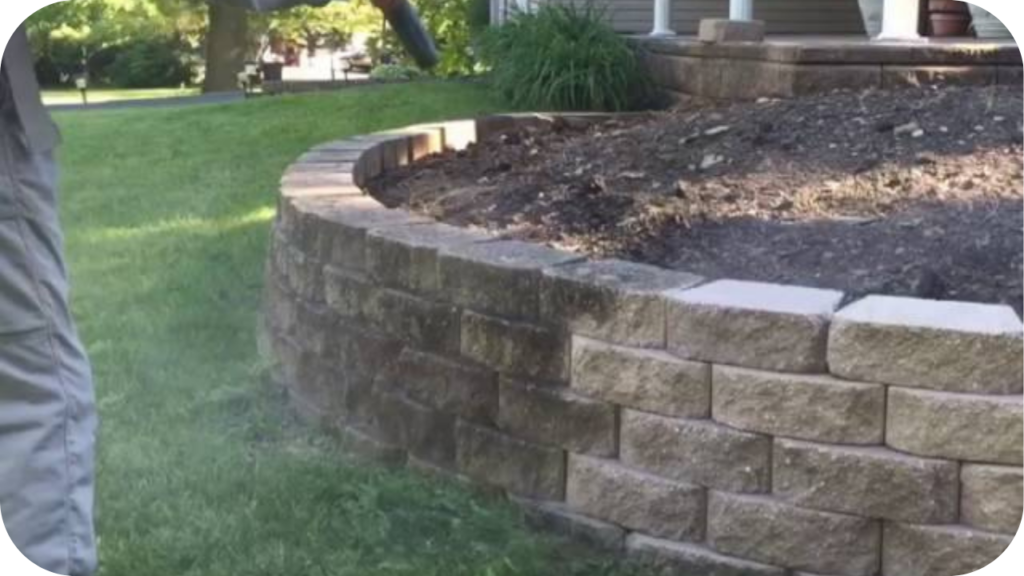
Stone retaining walls are low-maintenance, but regular attention keeps them looking their best and performing reliably. Here are the key care tips that ensure your walls remain strong for generations.
- Inspect for Loose Stones or Mortar Cracks: Regularly check for displaced stones or cracks in mortar. Addressing small issues early prevents larger structural problems and ensures the wall remains stable, attractive, and safe for long-term use.
- Keep Drainage Systems Clear: Blocked drains can trap water behind walls, leading to pressure build-up and damage. Keeping drainage systems clear helps protect structural integrity and extends the lifespan of stone retaining walls significantly.
- Clean with Water and Gentle Scrubbing: Stone walls generally require simple cleaning using water and a soft brush. Avoid harsh chemicals, as they may erode surfaces or affect the natural finish and long-term durability of softer stones.
- Reseal Limestone or Softer Stones When Needed: Some stones, such as limestone, benefit from occasional resealing to resist moisture. This simple maintenance step preserves strength, enhances appearance, and helps prevent water staining or weathering damage over time.
- Monitor Soil Movement Around the Wall: Keep an eye on changes in soil levels or erosion near the wall. Promptly addressing movement helps protect stability and prevents long-term structural stress that could weaken the wall’s performance.
Choose Stone Walls That Outlast Timber
Timber retaining walls may offer short-term convenience, but they eventually fail under pressure. Stone, by contrast, delivers the durability, beauty, and value needed to create landscapes that endure across generations with confidence.
From resisting rot and pests to handling soil and weather with ease, stone stands apart as the reliable choice. Its timeless style enhances outdoor spaces, while minimal upkeep ensures strength and elegance without unnecessary stress.
Start your project with Splendour in Stone today. Contact us to secure premium materials and professional installation for retaining walls that provide strength, character, and lasting performance you can rely on for decades.
More To Explore
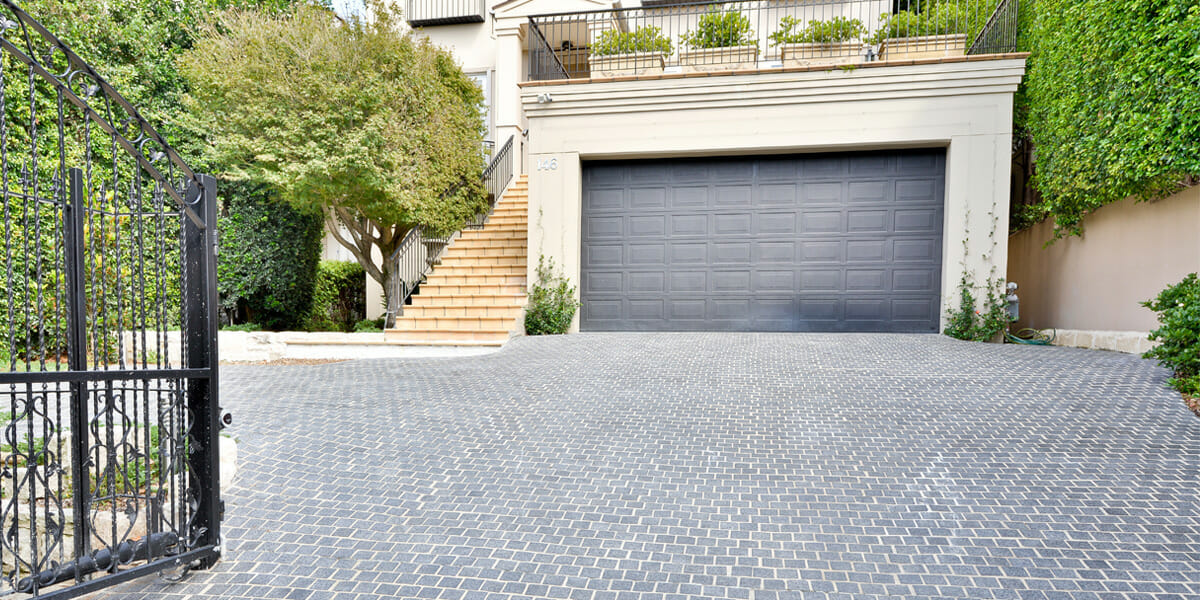
Grey Granite Cobblestones for Driveways: Strength and Style
Grey granite cobblestones combine strength, safety, and timeless appeal, making them a popular choice for Melbourne driveways and outdoor spaces. Their natural flamed texture offers
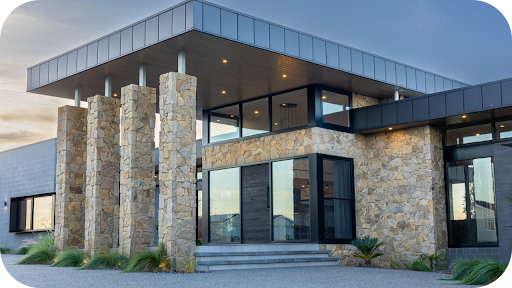
Granite Wall Cladding Melbourne: Modern and Classic Appeal
Granite wall cladding brings both modern sophistication and classic charm to Melbourne architecture. Known for its durability and natural beauty, granite transforms façades, feature walls,


